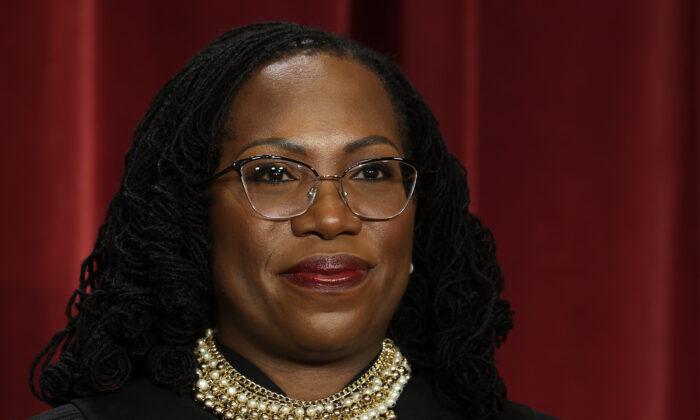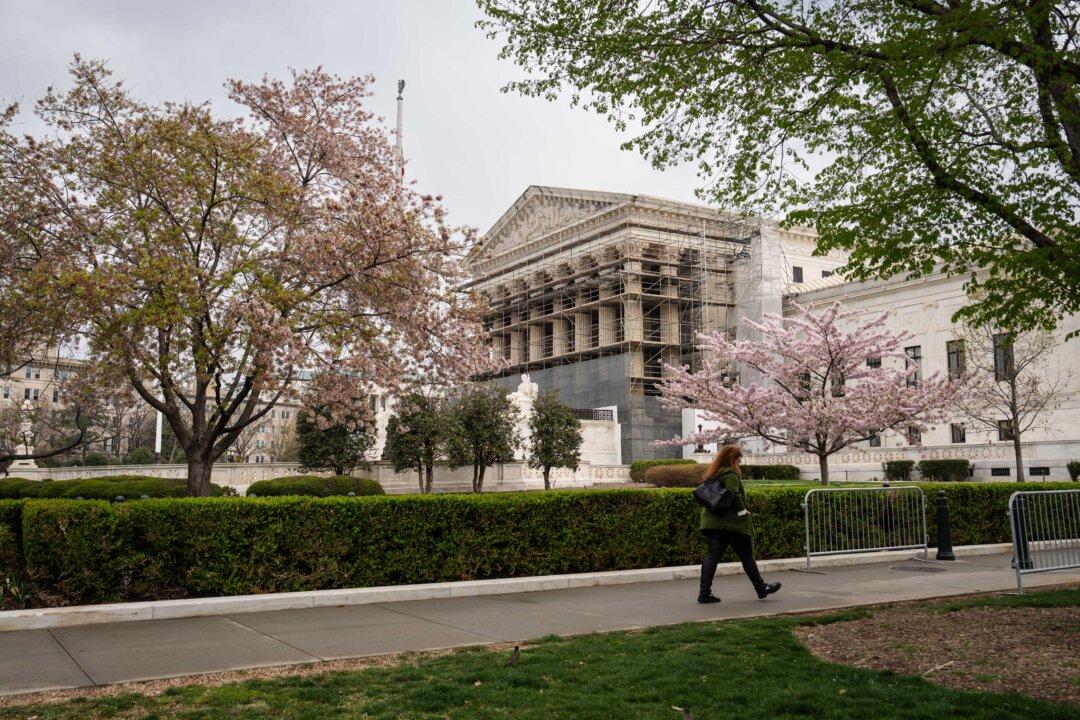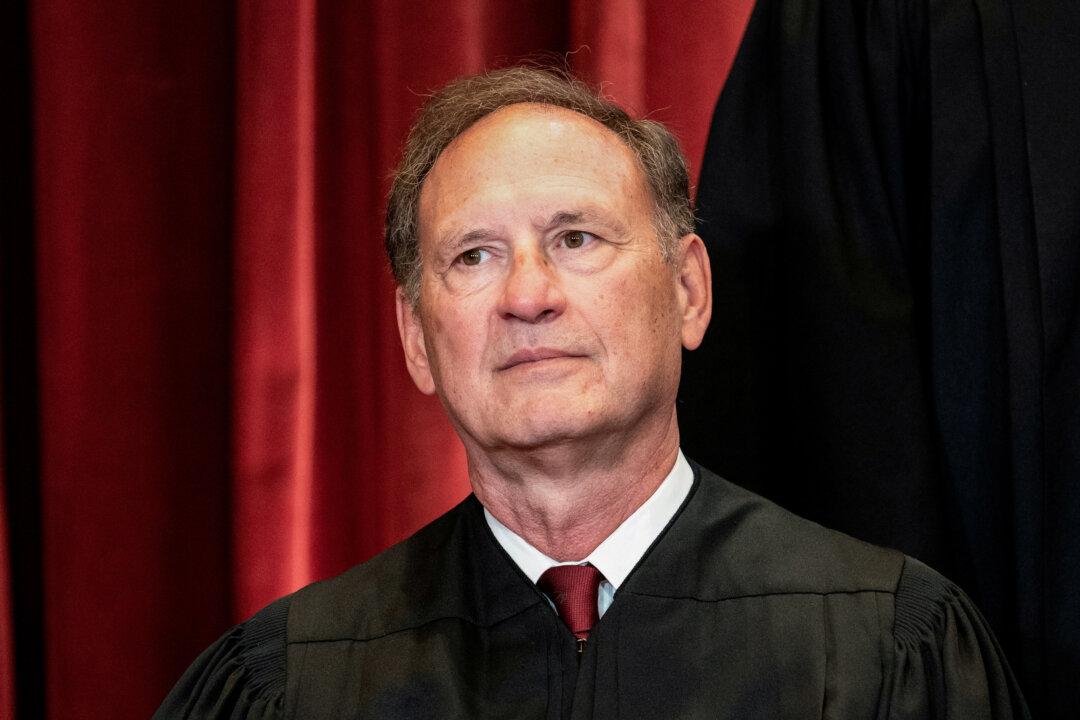A coalition of Republican-led states and affected companies are urging the Supreme Court to put on hold the U.S. Environmental Protection Agency’s (EPA) “good neighbor” rule that cracks down on states whose industries are said to be contributing to smog.
Led by Ohio, the states say the regulation could lead to blackouts, while the EPA claims the rule is urgently needed to fight air pollution.
The coalition also says that the EPA’s plan is an illegal overreach that undermines the principles of the federal Clean Air Act, which allows states leeway to propose their own air pollution control measures.
Oral arguments were heard on Feb. 21 in Ohio v. EPA. The same hearing also covered three other applications filed against the EPA by Kinder Morgan Inc., the American Forest and Paper Association, and U.S. Steel Corp., which were consolidated.
The case comes as the Supreme Court has become increasingly reluctant in recent years to side with the EPA in legal battles.
In 2022, the nation’s highest court held in West Virginia v. EPA that the Clean Air Act doesn’t give the EPA widespread power to regulate carbon dioxide emissions that a popular theory says contribute to global warming.
In 2023, in Sackett v. EPA, the court voted to rein in the power of the EPA to regulate wetlands.
In the case at hand, on Dec. 20, 2023, the court declined to block the smog regulation itself but agreed to expedite consideration of the case.
Over the objection of states and energy companies, the EPA finalized its “Federal ‘Good Neighbor Plan’ for the 2015 Ozone National Ambient Air Quality” regulation on June 5, 2023. The plan imposes emissions standards on 23 “upwind” states.
According to the EPA, cross-state air pollution, also called interstate air pollution or transported air pollution, is emitted at an “upwind” location and then blown to a “downwind” location.
The plan is intended to address the interstate effect of air pollution in accordance with the Clean Air Act’s Good Neighbor Provision in 42 U.S.C. Section 7410(a)(2)(D), which requires upwind states to make sure their emissions don’t hinder the ability of downwind states to meet federal air-quality standards.
The EPA toughened ozone standards and ordered states to file updated state implementation plans, or SIPs, demonstrating how they would comply with the new standards. This new top-down regulation sparked opposition in many states, which are litigating against it.
Courts have blocked the program in 12 states: Alabama, Arkansas, Kentucky, Louisiana, Minnesota, Mississippi, Missouri, Nevada, Oklahoma, Texas, Utah, and West Virginia, according to the EPA.
In Ohio v. EPA, the U.S. Court of Appeals for the District of Columbia Circuit declined to stay the Good Neighbor Plan while litigation was proceeding. No court has yet issued a final ruling on the EPA’s disapproval of the SIPs or on the Good Neighbor Plan itself.
Court Challenges
“But as commenters predicted, and before the plan became final, the legal predicates for the federal plan, that is, the state plan disapprovals, came under fire in courts all around the country.“The specter of lesser participation in the federal plan revealed yet another problem. The EPA’s choice of method, that is, selecting a single cost threshold and applying it uniformly across all 23 states to establish emissions limits has consequences.
“Namely, the math doesn’t work when the inputs don’t match the outputs. With the SIP disapprovals in flux, and the EPA’s methodology requiring full participation, the EPA had an obligation to consider what happens to the federal plan when one or more states drop out, that is when the inputs—23 states—don’t match the outputs,” Ms. Sridharan said.
With only 11 states now remaining in the plan, “its failure has become consequential. The plan now regulates under half of the states and a quarter of the emissions that the EPA originally set out to regulate. Under this fractured plan, and without a stay, the remaining states and their industries face serious harm.”
Justice Ketanji Brown Jackson questioned why the states and the companies involved in the litigation were in a rush to have the Supreme Court weigh in.
“So we’re here on ... your motion for emergency relief. And it’s fairly extraordinary, I think, to be asking the court to decide this matter when you haven’t even lost below in terms of what is before the D.C. Circuit,” Justice Jackson told Ms. Sridharan.
“And in fact, my understanding is that you haven’t even briefed this argument yet in the D.C. Circuit. So I’m trying to understand what the emergency is that warrants Supreme Court intervention at this point,” she said.
Ms. Sridharan replied, “At the breakneck speed we’re going in order to get into compliance with an unlawful federal rule, we are spending immense sums, both the states as well as our industries. And on top of that, we are facing the threat of power shortages and heating shortages.”
“Imminently?” Justice Jackson interjected.
“At least some grid operators have pointed to the fact that this federal rule will be directly associated with the potential for grid unreliability,” the attorney said.
“Eventually,” the justice said, again interjecting.
“We’re here on emergency relief,” Justice Jackson continued.
“And I guess I’m worried about ... the standards that this court needs to take into account when it decides whether or not to entertain these kinds of motions.”
“Your argument is just boiling down to, ‘We think we have a meritorious claim and we don’t want to have to follow the law while we’re challenging it.’ And I don’t understand why every single person who is challenging a rule doesn’t have that same set of circumstances,” the justice said.
Justice Brett Kavanaugh told U.S. Deputy Solicitor General Malcolm Stewart that the EPA seemed to be ignoring the many problems the rule has been experiencing.
The agency’s stance has been to “just kind of pretend nothing happened, just go ahead with the 11 states in this instance,” Justice Kavanaugh said.
Mr. Stewart replied, “The only argument that the applicants have is that maybe imposition of those requirements on the same sources in the 11 states will produce lower air quality benefits downwind now that it’s only the 11 states.”
It’s unclear when the Supreme Court will rule on the case.






